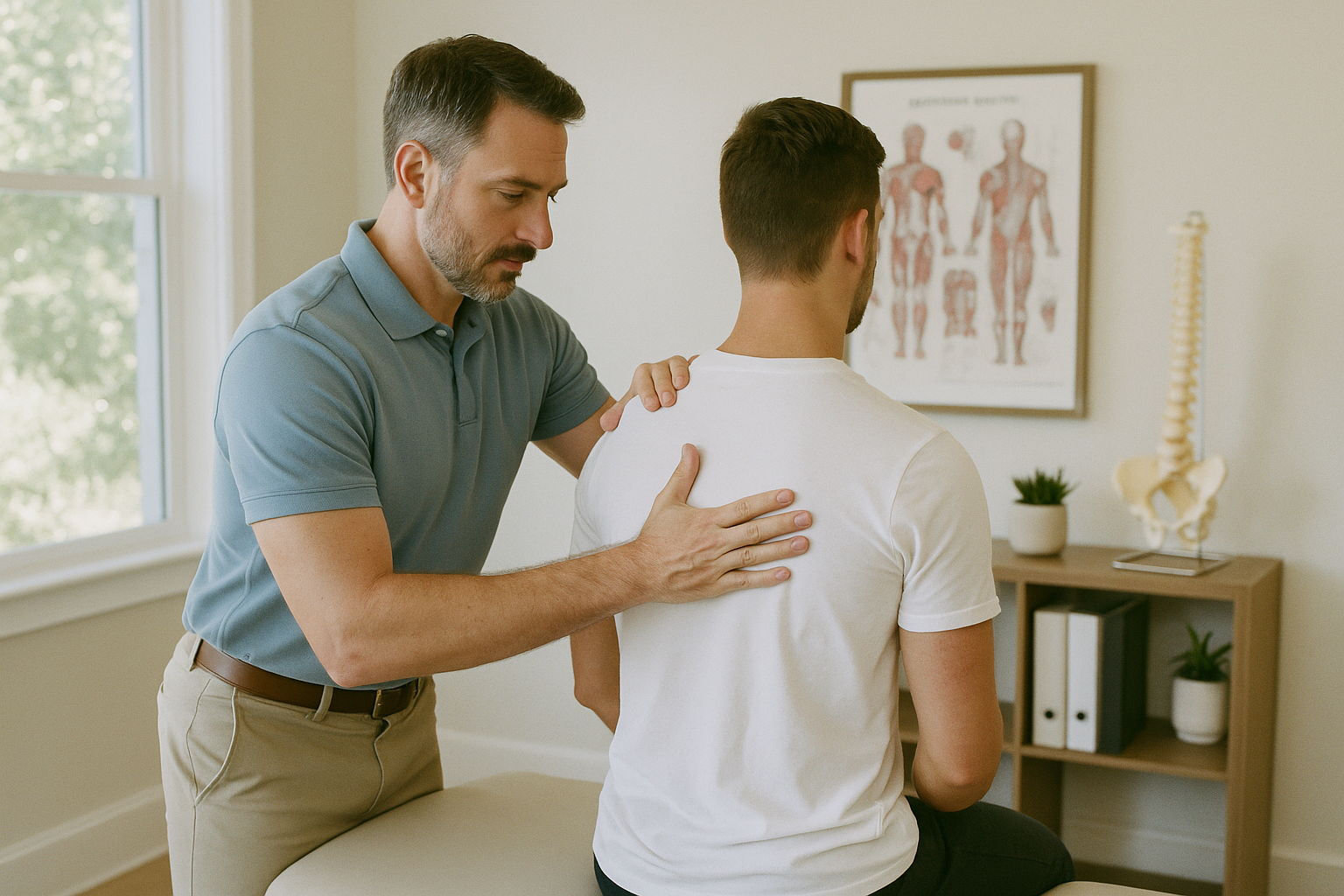 If you're struggling with shoulder pain in Longmont, CO, you're certainly not alone. We understand how discouraging it can feel when reaching overhead or carrying groceries leaves you hurting or when playing tennis at Gabe Nesbitt Community Park becomes difficult. Our patients often tell us that shoulder pain wakes them up at night or makes dressing in the morning a challenge. You might be noticing stiffness, weakness, or sharp pain each time you lift, throw, or even type. We frequently see patients dealing with these very shoulder pain difficulties, so our practice focuses on truly hearing your story and customizing a care plan that reflects your lifestyle and goals. At our practice in Longmont, CO, we provide shoulder pain solutions in Longmont, CO, combining in-depth assessment with supportive treatment to restore freedom of movement and confidence for local residents.
If you're struggling with shoulder pain in Longmont, CO, you're certainly not alone. We understand how discouraging it can feel when reaching overhead or carrying groceries leaves you hurting or when playing tennis at Gabe Nesbitt Community Park becomes difficult. Our patients often tell us that shoulder pain wakes them up at night or makes dressing in the morning a challenge. You might be noticing stiffness, weakness, or sharp pain each time you lift, throw, or even type. We frequently see patients dealing with these very shoulder pain difficulties, so our practice focuses on truly hearing your story and customizing a care plan that reflects your lifestyle and goals. At our practice in Longmont, CO, we provide shoulder pain solutions in Longmont, CO, combining in-depth assessment with supportive treatment to restore freedom of movement and confidence for local residents.